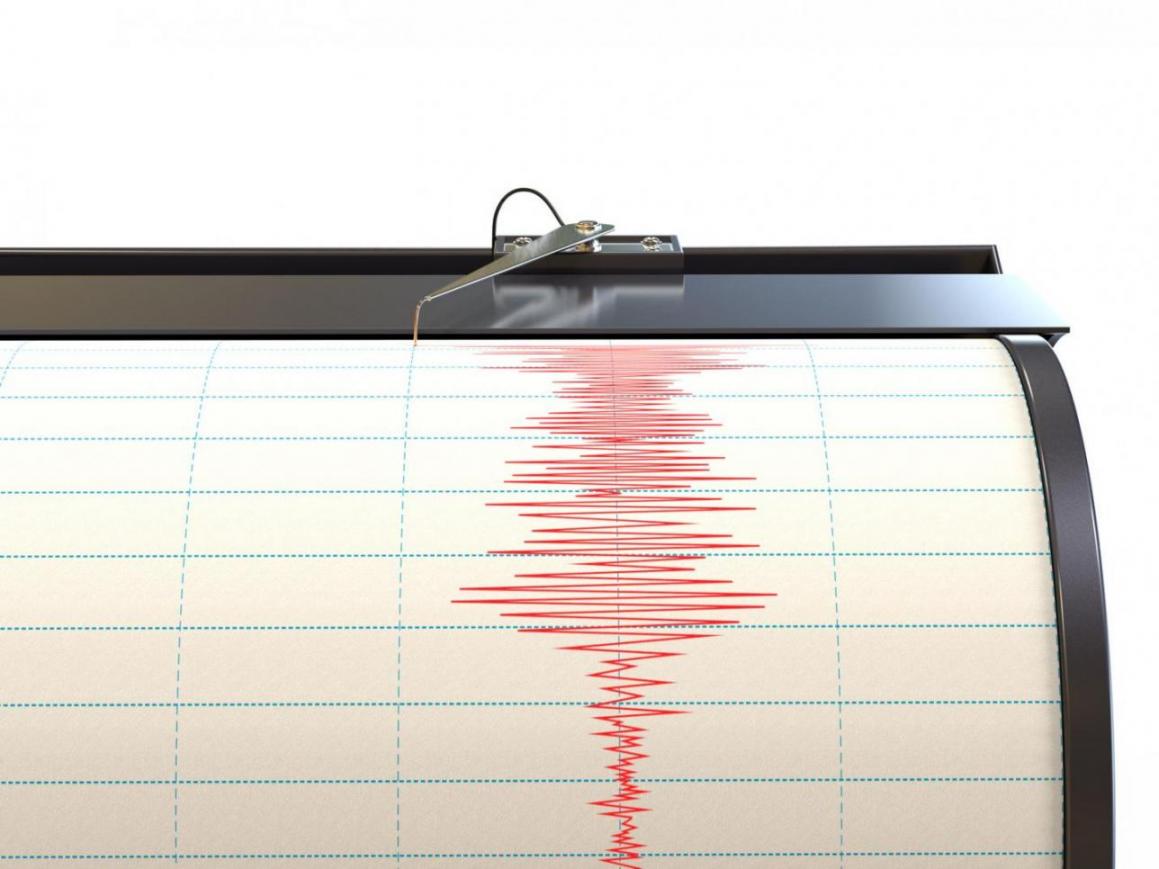The first earthquake early warning (EEW) system with four strong motion accelerographs and one mobile antenna located in northern and northeastern parts of Tehran Province, was inaugurated on Monday.
The four accelerographs are stationed in Imamzadeh Hashem, Boomehen, Lar, and Davamand districts, reports ISNA.
“Efficient crisis management will reduce casualties and losses; new technologies like early warning systems can facilitate timely action seconds before an earthquake hits,” said Dr. Abbas Ostad Taghizadeh, senior advisor to the Tehran Disaster Mitigation and Management Organization (TDMMO), at a press conference.
Accelerographs are referred to as strong motion seismographs, or simply an earthquake accelerometer. They are usually constructed as a self-contained box, more commonly now being connected directly to the Internet.
They are useful for when the earthquake ground motion is so strong that it causes the more sensitive seismometers to go off-scale. There is an entire science of strong ground motion that is dedicated to placing accelerographs in the vicinity of major faults.
The type of information gathered (such as rupture velocity) would not be possible with standard seismometers.
Major Faults
There are four major faults around Tehran; Mosha-Fesham fault, North Tehran fault and South and North Rey faults. If the north fault becomes active, the damage from an earthquake will be far more severe.
According to seismological studies on Tehran, the province has so far been hit by over 1000 small and big earthquakes within 100 km radius from the city.
Taghizadeh said, “We have been cooperating with the Japan International Cooperation Agency (JICA), the Islamic Republic of Iran Broadcasting, and Communication Regulatory Authority of Iran in the past three years to activate the accelerographs and set up the EEW system in Tehran.”
“Right now, there are 14 accelerographs in the capital that must increase to 50 within the next five years for accurate estimation and using the system output,” he said.
Earthquakes are comprised of primary waves (p-waves), and secondary waves (s-waves). When an earthquake occurs, both compressional p-waves and transverse s-waves radiate outward from the epicenter. The p-wave, which travels fastest, trips sensors placed in the landscape, causing alert signals to be sent ahead, giving people and automated electronic systems some time (seconds to minutes) to take precautionary action before damage can begin with the arrival of the slower but stronger s-waves and later-arriving surface waves. P-waves travel through solids, liquids, and gases, while s-waves travel through solids only.
“Advance warning granted by the seconds to minutes time delay between the two waves can allow people and systems to take action to protect life and property from strong tremors,” Taghizadeh said.
Mitigation
The crisis management team has about 10 seconds, depending on the type of fault during which gas, electricity, and water supply as well as metro stations can be shutdown and warnings announced on mass media.
The system is employed in developed countries including Japan, the US, and China. In Iran, the pilot project will be assessed over the years.
Behnam Saeedi, deputy for prediction and prevention at the TDMMO, said “Establishing an early warning system is a pressing need for an overpopulated metropolis like Tehran, as well as other cities straddling fault lines.”
JICA’s EEW system expert Sugio Imamura said since P and S waves travel at different rates, “we can use them to calculate our distance to the epicenter; how far ahead of the S waves they arrive depends on the magnitude or the epicenter of the earthquake.”


